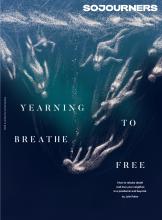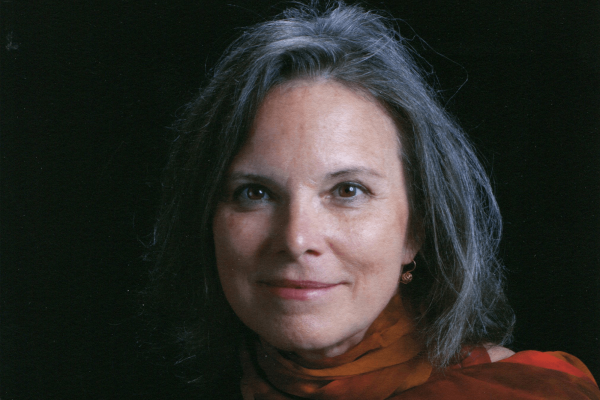CAROLYN FORCHÉ’S FOURTH poetry collection, Blue Hour, appeared in 2003, and her readers have longed for the next ever since. It’s hard to imagine any poetry book worth a wait of 17 years. Forché’s new collection, In the Lateness of the World, is worth more.
As the title suggests, Forché explores a dying world—countries ravaged and erased by war, islands drowned in natural disasters, seas overflowing with garbage. The poems are both haunting and haunted, including the memories of a lost world and the corpses that remain.
Forché coined the term “poetry of witness.” Her witness here is not only characteristically unflinching but also a challenge to readers.
The first half of the book mostly grieves the world’s tragedies at large, but always with the particularity that gives her ghosts a pulse. Nearly every poem includes rapid lists of sharp images. Forché’s lists dizzy and overwhelm, effectively dropping us into warzones and forcing us to follow her through an apocalypse.
Read the Full Article

